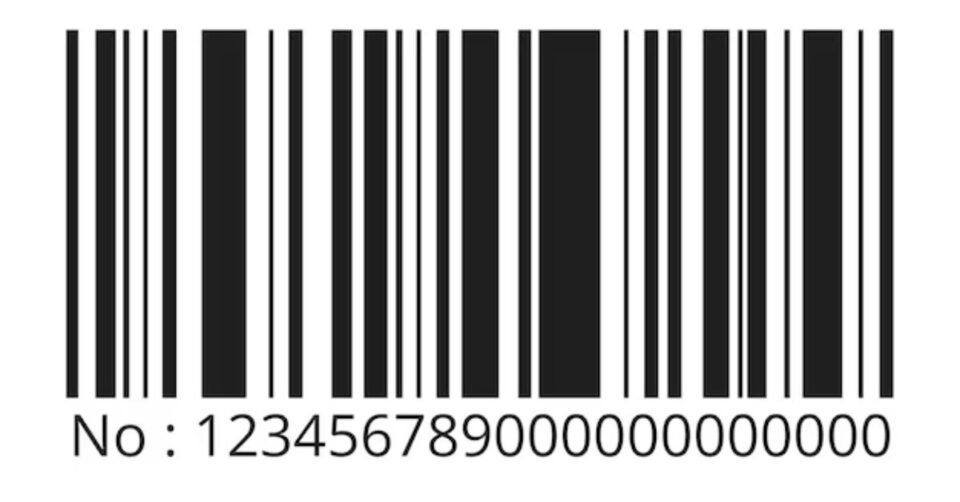In the world of retail and product management, Universal Product Codes (UPCs) play a critical role in streamlining processes and ensuring accuracy. The UPC 810043986496 is a specific code that provides valuable information about a product. This article delves into what UPC 810043986496 reveals, how UPCs work, and their significance in modern commerce.
Understanding UPCs and Their Purpose
Universal Product Codes, or UPCs, are barcodes used to identify products. They are essential in retail environments for tracking inventory, pricing, and sales. Each UPC consists of a series of numbers and a corresponding barcode, which can be scanned by machines to quickly retrieve product information. This system simplifies the checkout process, enhances inventory management, and reduces human error.
Breakdown of UPC 810043986496
UPC 810043986496 is a specific code that adheres to the standard UPC-A format. This format includes 12 digits, with each segment of the code providing different information about the product. The structure of the UPC is as follows:
- Prefix: The first few digits of the UPC indicate the company or manufacturer. In this case, ‘8100’ could denote a particular brand or manufacturer associated with the product.
- Product Identifier: The next set of digits, ‘4398,’ identifies the specific product model or type within the manufacturer’s range.
- Check Digit: The final digit, ‘6,’ is a check digit used to verify that the UPC has been scanned correctly and matches the expected pattern.
How UPCs Impact Retail Operations
UPCs like 810043986496 are integral to various aspects of retail operations. Their impact is far-reaching and includes:
Streamlining Checkout Processes
The primary function of UPCs is to facilitate quick and accurate checkouts. When scanned, the UPC provides instant access to the product’s price and description. This speeds up the transaction process and reduces the likelihood of errors compared to manual entry of product information.
Enhancing Inventory Management
UPCs also play a crucial role in inventory management. Retailers use these codes to track stock levels, manage reorders, and monitor product sales. The data collected through UPC scanning helps in making informed decisions about inventory levels and identifying trends.
Improving Supply Chain Efficiency
In the supply chain, UPCs ensure that products are tracked accurately from manufacturer to retailer. This helps in reducing discrepancies and delays in product delivery. By scanning UPCs at various points in the supply chain, businesses can maintain better control over their logistics and distribution processes.
The Significance of UPCs in E-Commerce
In the e-commerce realm, UPCs like 810043986496 have specific benefits that enhance the online shopping experience:
Facilitating Product Listings
When listing products online, UPCs are used to ensure that product descriptions and details are accurate. Online marketplaces and retailers use these codes to pull up correct information and avoid listing errors, which helps in maintaining a consistent and reliable product catalog.
Assisting in Search and Comparison
For consumers, UPCs make it easier to search for and compare products across different platforms. By entering a UPC into a search engine or e-commerce site, shoppers can quickly find detailed information about the product, including prices and availability from various sellers.
Managing Returns and Exchanges
UPCs are also useful for managing returns and exchanges. When a product is returned, the UPC helps in verifying that the correct item is being returned and that the return process is handled smoothly. This helps in maintaining accurate records and ensuring customer satisfaction.
How UPC 810043986496 Fits into the Bigger Picture
UPC 810043986496, like other UPCs, is part of a larger system that supports efficient retail operations and consumer experiences. Here’s how it fits into the broader context:
Standardization Across Retail
The use of UPCs is standardized across the retail industry, which means that a product with UPC 810043986496 can be recognized and processed consistently by different retailers and systems. This standardization is crucial for maintaining uniformity and reliability in product identification.
Integration with Technology
Modern retail and e-commerce systems are heavily integrated with technology, and UPCs are a key component of this integration. Scanning systems, inventory management software, and online platforms all rely on UPCs to function effectively, making them an essential element of contemporary business operations.
Supporting Global Trade
UPCs are not just limited to local or national markets; they also support global trade. A product with UPC 810043986496 can be recognized and processed internationally, facilitating cross-border transactions and expanding market reach for manufacturers and retailers.
The Future of UPCs and Emerging Trends
While UPCs have been a cornerstone of product identification for decades, the future holds potential for advancements and changes:
Integration with New Technologies
With the rise of new technologies, such as RFID (Radio Frequency Identification) and blockchain, there is potential for UPCs to evolve. RFID tags, for example, offer more detailed tracking capabilities and can complement traditional UPCs to enhance supply chain visibility.
Enhanced Data Capabilities
Future developments may also focus on enhancing the data capabilities of UPCs. This could include integrating more detailed product information or linking UPCs to digital platforms that provide additional insights and services to consumers and businesses.
Sustainability Considerations
As businesses increasingly focus on sustainability, there may be efforts to make UPC systems more environmentally friendly. This could involve changes in packaging materials, reducing waste, and improving the efficiency of recycling processes through better product identification.
Conclusion
UPC 810043986496 represents more than just a series of numbers; it is a crucial component of the retail and e-commerce ecosystem. Understanding its structure and significance helps in appreciating how UPCs contribute to efficient operations, accurate transactions, and improved consumer experiences. As technology continues to evolve, UPCs will likely adapt and integrate with new systems, further enhancing their role in modern commerce. For businesses and consumers alike, UPCs like 810043986496 are essential tools that facilitate seamless interactions and transactions in the dynamic world of retail.

